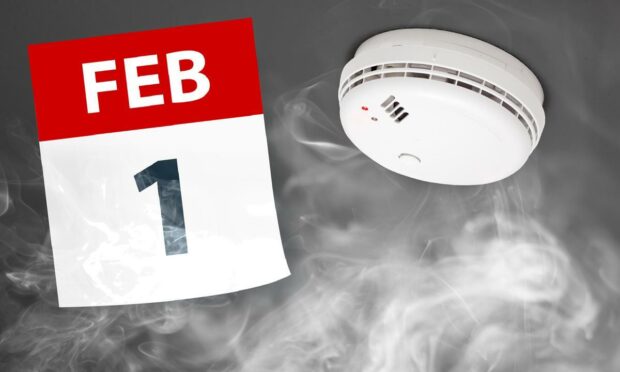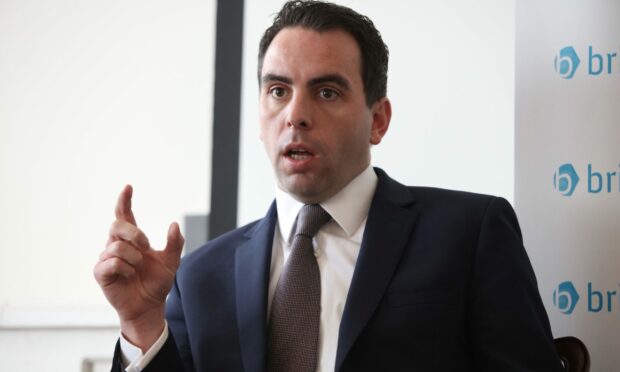The Scottish Government has been urged to do more to help households meet new fire safety regulations next month, as figures show homes across Tayside and Fife are still without smoke alarms.
More than a third (36%) of all house fires in Fife in 2020-21 happened in homes where no alarms was fitted, above the Scottish average of 25%.
The figures from the Scottish Fire and Rescue Service also show alarms were not present in 24 house blazes across Angus representing 30% of all fires in the area, 61 in Dundee (29%) and 30 in Perth and Kinross (29%).
Laws requiring all households have interlinked fire alarm systems comes into force on February 1, and have been introduced following the Grenfell Tower tragedy.
The new legislation will cost homeowners an average of £220, if alarms are fitted by the homeowner rather than a tradesperson.
‘Next to no publicity’
North-east MSP Maurice Golden said he is “concerned the change of law has been introduced with next to no publicity and could cost families hundreds of pounds at very short notice when finances are tight”.
He added: “These regulations are about ensuring people are safe in their own homes, but we know that can only happen if people have the provisions and time to make the necessary upgrades.
“This is why the Scottish Government must do more to help households financially across Tayside to ensure they can afford to meet these strenuous requirements.”
‘No one will be criminalised’
Scotland will become the first nation in the UK to have such legislation when it comes into effect next month.
A Scottish Government spokesman said: “It places a legal duty on local authorities to ensure homes in their area meet the new standard.
“The new rules allow flexibility for home owners unable to install alarms by February 1.
“No one will be criminalised if they need more time and there are no penalties for non-compliance.
“However, we would encourage everyone to install these alarms which can help save lives, and we ran a national TV, radio and digital campaign this summer to ensure people across Scotland know the legislation is coming.”
What are the new rules?
The change in the law means that by February 1 every home will need to have:
- one smoke alarm in the room you spend most of the day, usually your living room
- one smoke alarm in every circulation space on each story, such as hallways and landings
- one heat alarm in the kitchen
All smoke alarms should be mounted on the ceiling and be interlinked.
This means if one alarm goes off, they all go off.
For those who have a carbon-fuelled appliance, like a boiler, fire, heater or flue, you must also have a carbon monoxide detector. This does not need to be linked to the fire alarms.
The Scottish Government has provided £500,000 through Care and Repair Scotland to help disabled and older people install the alarms in their homes.
This is in addition to the £1.5 million which has been provided to the Scottish Fire and Rescue Service to install alarms in owner-occupied homes identified as being at higher risk.

